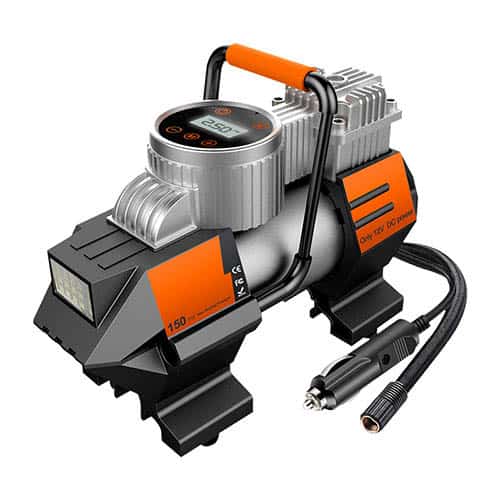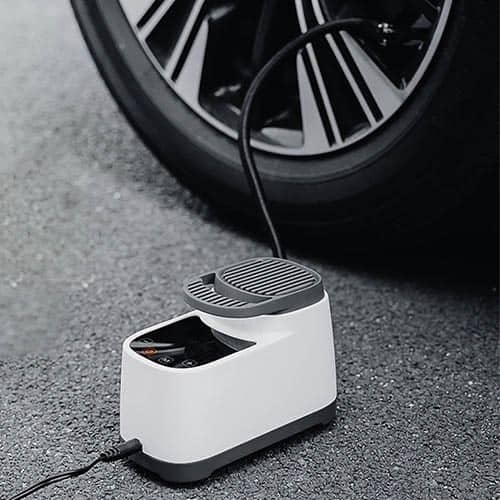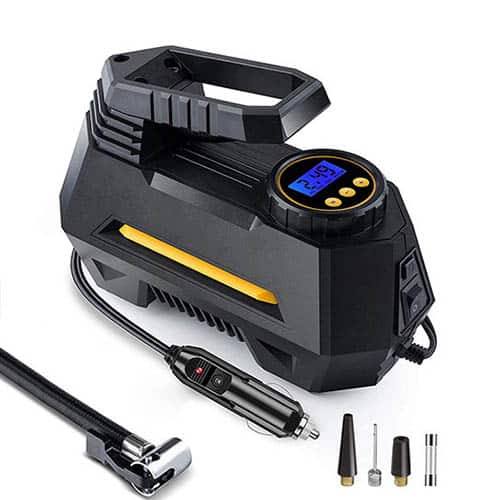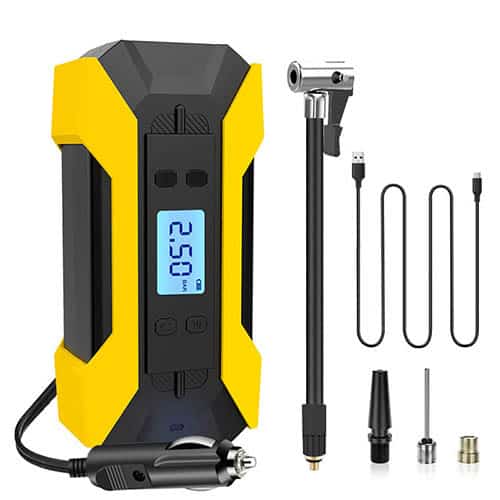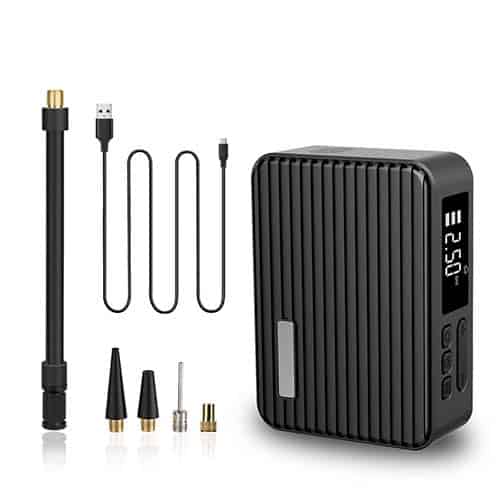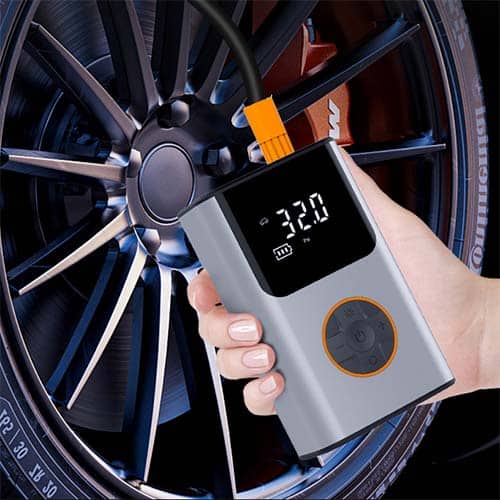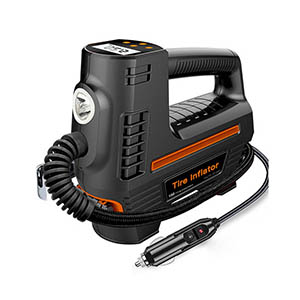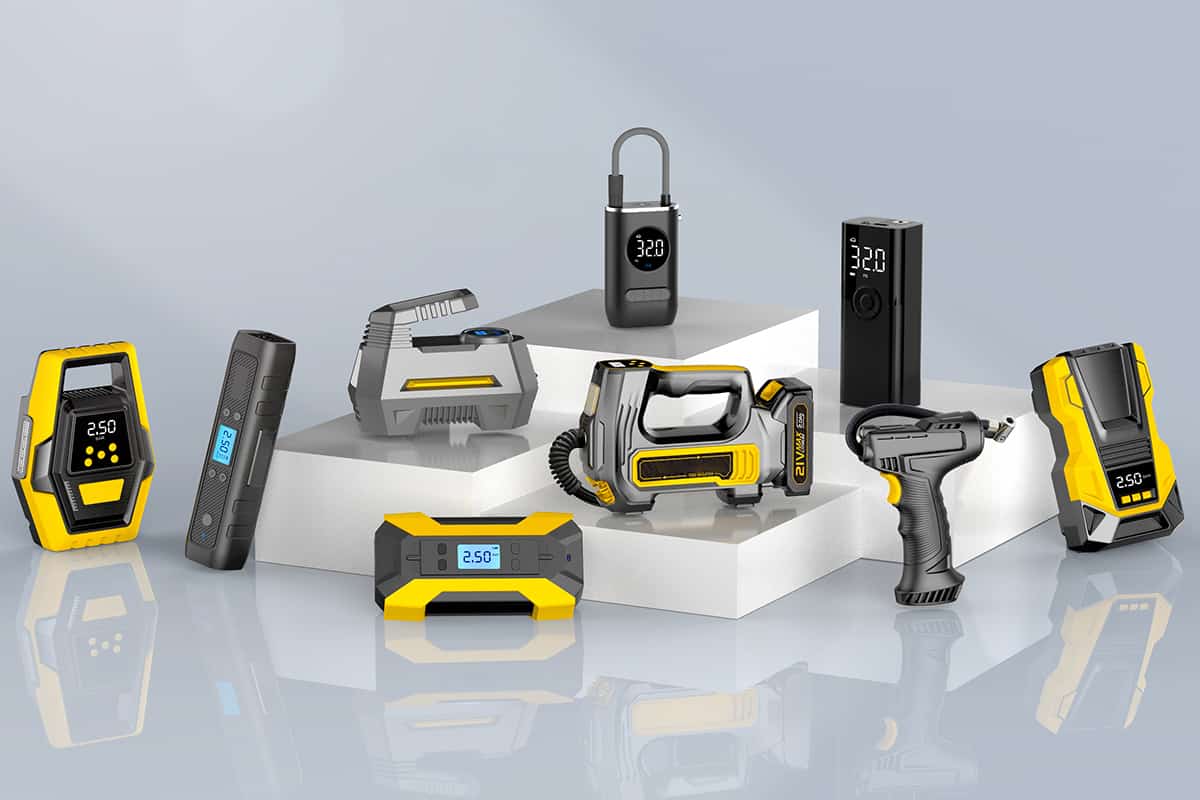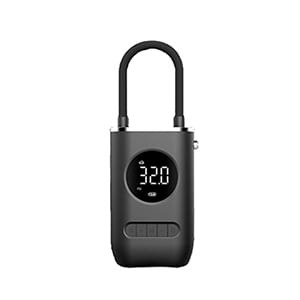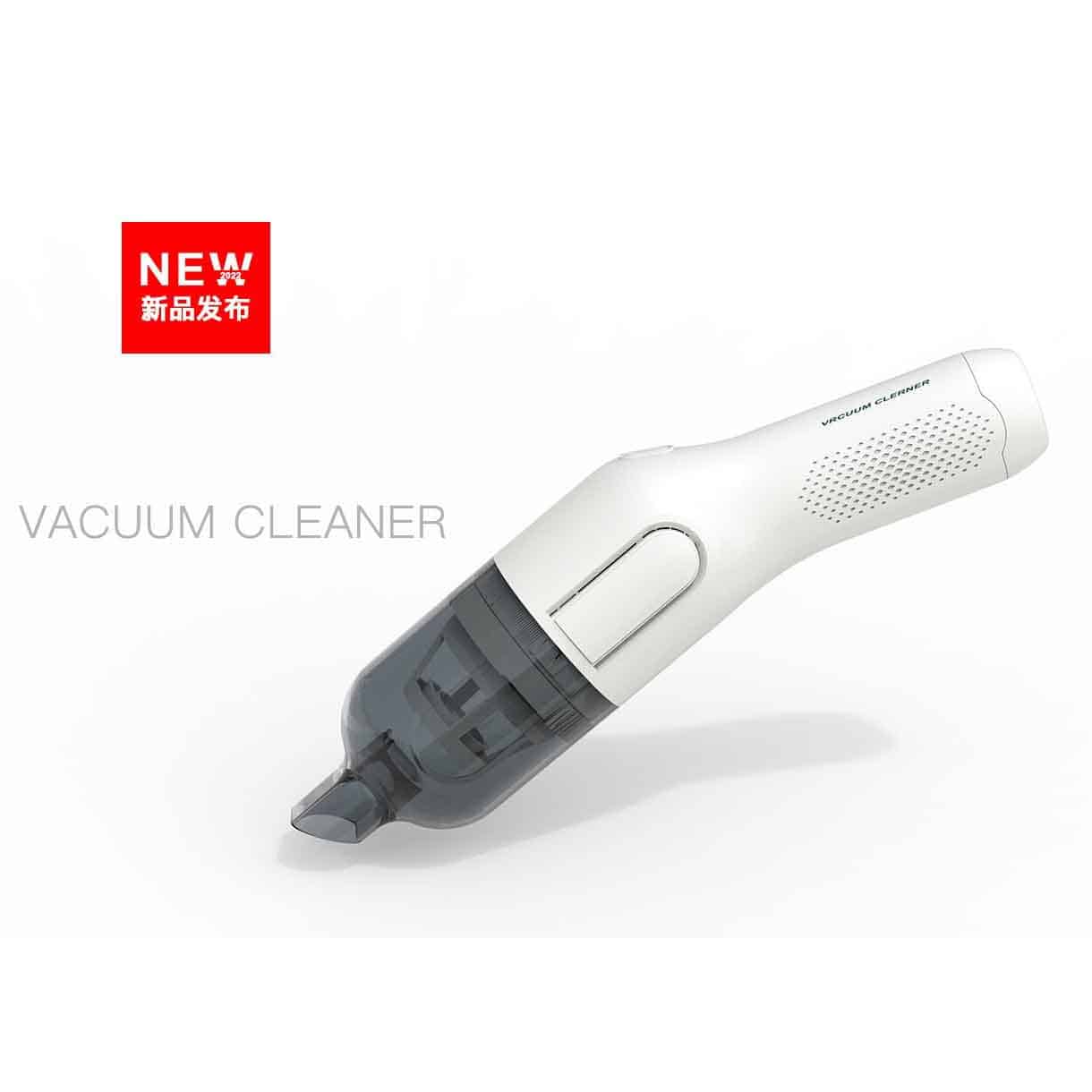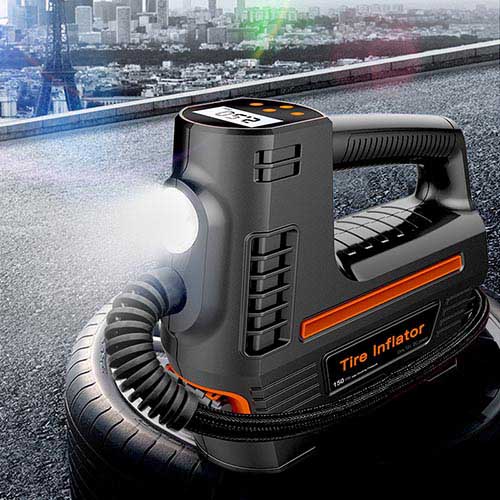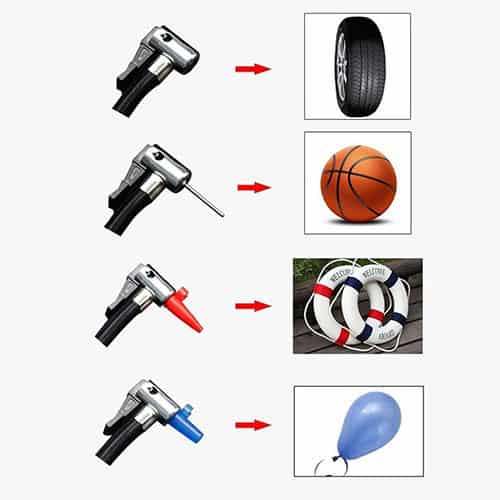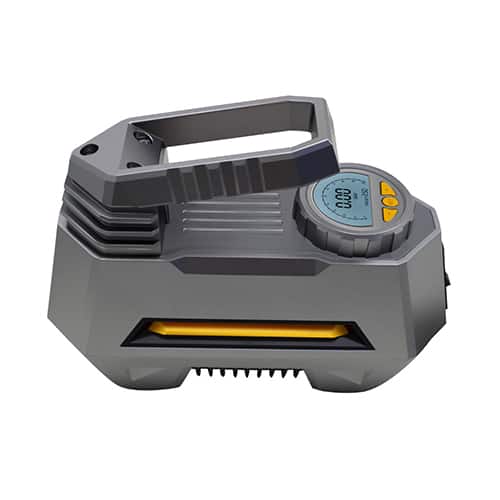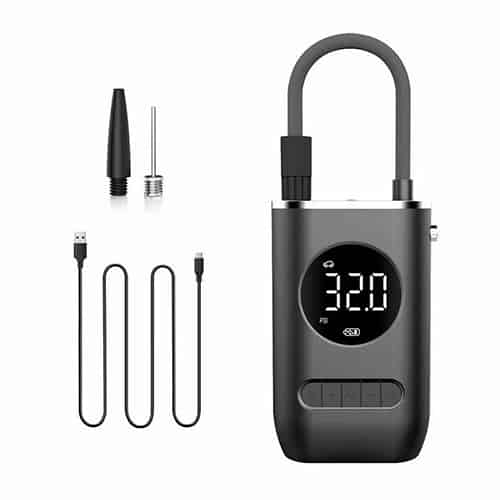We’re all feeling pain at the garage these days, and with gas prices continuing to rise, getting better gas mileage is top of mind. Fortunately, one of the best ways to improve your vehicle’s gas mileage is also the least expensive: keeping your tires properly inflated!
With just a few minutes of your time and a couple of dollars out of your pocket, inflating your tires can increase your gas mileage by up to 3%! Correctly inflated tires will also result in improved handling, longer tire life, and a lower risk of accidents and tire blowouts.
We recommend checking your tire pressure at least once a month. Pick a date you will remember, like the first day of the month, and be consistent about checking the pressure on that day, especially as the seasons change.
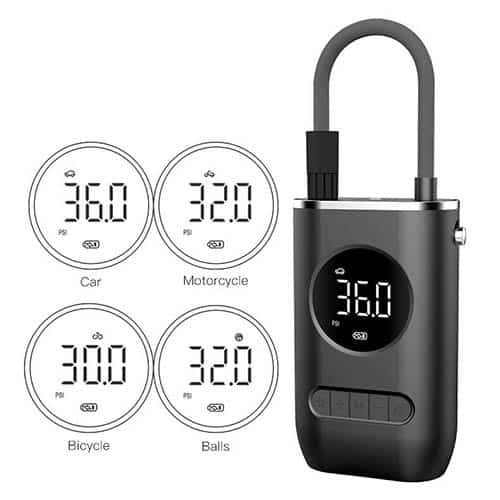
How to Check Tire Pressure
All vehicles manufactured after 2007 have a Tire Pressure Monitoring System (TPMS) that alerts you when your tires are overinflated or underinflated. However, it’s still a good idea to regularly check your tire pressure manually.
When measuring tire pressure, you’re looking at pounds per square inch (PSI). Most cars require around 30 to 35 PSI.
To properly check your vehicle’s PSI, you will need:
- A quality tire pressure gauge
- The manufacturer’s recommended air pressure for tires.
Tire Pressure Gauge
Tire gauges come in a variety of styles and can be found at most automotive parts stores. A digital gauge is reliable and easier to use. A high-quality gauge is essential for accurate readings. All of our portable tire inflators have the tire pressure measurement function, so you do not need to buy another gauge if you have our tire inflators.
Recommended Air Pressure
The manufacturer’s recommended tire pressure can be found in the owner’s manual and on a sticker on the driver’s side door or door jamb. There may be different pressure requirements for the front and back tires.
DO NOT use the PSI that is printed on the sidewall of your tires. This is not the recommended PSI; it is the maximum inflation pressure. Filling your tire to this pressure is unsafe and could cause a blowout.
Vehicle manufacturers set the recommended pressure when the tires are cold. So, for the most accurate measure of your tire’s PSI, you should check them in the morning before you leave or after the vehicle has been parked for three or more hours.
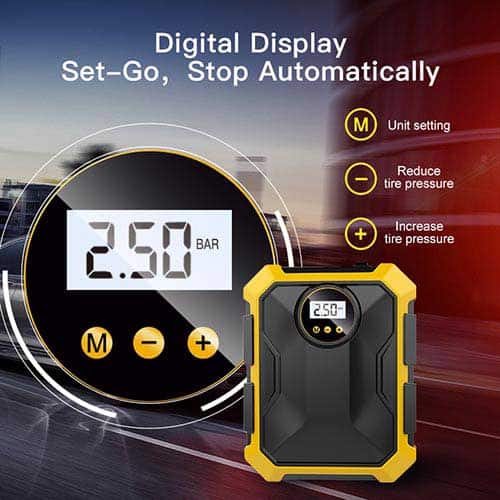
Measuring Tire Pressure
To measure tire pressure, first park the vehicle and set the emergency brake. Remove the tire valve cap and put it in a safe place, like your pocket. Then, press the tire gauge firmly onto the valve stem and hold it for a couple of seconds until you get a reading.
If you hear any air leaking while holding the tire gauge in position, move the gauge around until it seals and the hissing stops.
You may need to take a reading 2-3 times to get the most accurate result. Write down which tires are below the recommended pressure setting so you know which tires to inflate. And don’t forget to check the spare!
Steps of Inflating Tires
1. Park your vehicle where you will be able to easily access all four tires with the air hose. Set the emergency brake.
2. Remove the valve stem caps on your tires and put them in a safe place, like your pocket.
3. Use your tire gauge to check the tire pressure (see above for instructions).
- If you’re using the garage air pump, don’t rely on the gauge attached to the air hose as it is likely inaccurate.
- If your tires are “warm’’, (i.e., you’ve driven more than 15 miles or 15 minutes), add 2 to 4 PSI to the reading to compensate for the higher pressure condition.
4. Turn on the air compressor. If it’s a free air pump, you typically just need to push a button to get it started. For air pumps that require payment, it will start once your payment is accepted.
5. Press the air hose fitting down onto the valve stem. Some air pumps may have a lever/handle that you need to squeeze to get the air flowing. Fill the tire for 10–15 seconds, then check the tire pressure with your gauge. Continue adding air until you reach the recommended pressure.
6. Automatic air pumps will ask you to set the desired PSI beforehand. The machine will automatically fill your tire to the desired PSI and beep once the tire is filled.
If you add too much air, release air by pressing the pin inside the valve stem with the air hose nozzle or with the little knob on the back of a pencil tire gauge.
7. Continue with the remaining tires until they are all at the proper pressure, then return the air hose to the compressor. The compressor will automatically shut off.
8. Screw the valve caps back on.
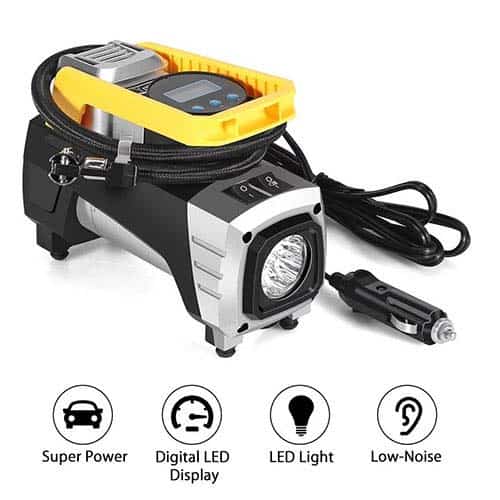
In a word, you should have a tire inflator in your car to make the tires always in a good state. If you would like to find out more about our portable tire inflators, please feel free to leave a message online, chat with our team on WhatsApp +86 170 5109 5790 or send us an email at sales@kelylands.com. We always welcome your inquiries.

